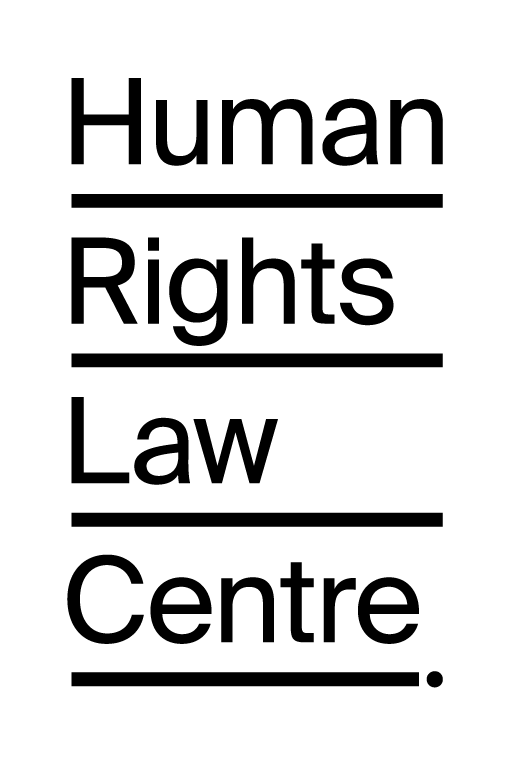The Rights of Children and Young People
As the recent report from the National Youth Commission showed, children and young people in Australia are over-represented in the homelessness figures. Young people also face a disproportionate level of unemployment and disadvantage. A large proportion of young people are prohibited from voting, yet they are often simultaneously criticized as apathetic and disengaged. Across the country, their everyday interactions are often subject to heavy-handed laws: move-on notices and curfews when they try to use public spaces; punitive probation requirements when they try to get their drivers licenses; increasingly serious sanctions for not attending school; and in some cases, even withholding of benefits from their families. The list of punitive legal measures that are either directed at, or in practice disproportionately affect, young people is growing. If I were Attorney-General, I would recognize that the way in which we treat children and young people today will shape the Australia of the future, without being all Whitney Houston. There is an undeniable correlation between recognition of a person’s rights and their inclusion and participation. So how do we recognize children and young people’s rights? How do we protect those rights and nurture in young Australians a sense of social justice? I am glad you asked….
I would start from a rights-based framework, one that fully recognizes the human rights of children and young people. I would keep in mind that civil and political rights, such as freedom of association and assembly and the right to participation, are rights that children, as humans, hold. They also hold economic, social and cultural rights, such as the right to adequate housing and an adequate standard of living. Children also have some further rights that recognize their vulnerability, but these rights to protection should not be used to undermine more fundamental human rights.
I would reach for the Seen and Heard report, blow the dust off it and take another look. This report, commissioned by the Australian Law Reform Commission and the Human Rights and Equal Opportunity Commission in 1997, is a comprehensive analysis of the legal system and the ways in which it serves (or fails to serve) children and young people. A very clear message emerged that young people across Australia felt they were not listened to and that neither judicial officers nor other adult participants in legal processes took account of, or cared about, their views. Drawing on the recommendations that were made by the report, I would start by convening a National Summit on Children and Young People and from the summit I would ensure that a small taskforce was convened.
I would ensure that there is supported and effective participation of children and young people within the Summit. This would entail a fully resourced lead-up process which engaged children and young people of various ages and backgrounds and fed into the formation of the taskforce.
I would then step back and broaden the focus by commissioning a white paper on the ways in which children and young people’s rights are protected in Australia. This could form the basis of the Australian report to the United Nations Committee on the Rights of the Child, which is already overdue, and would draw on the dedicated and amazing work being done by NGOs across the country around monitoring the implementation of the rights of children and young people.
I would place youth homelessness at the top of the agenda for the next COAG meeting. The last census showed that those under 24 years represented 46% of all homeless people in Australia, while the recent inquiry by the National Youth Commission has found that youth homelessness has doubled in the last two decades. As Attorney General, I would make sure that the $1 billion this report calls for to tackle the problem is made available and I would follow-up by making it an ongoing agenda item for COAG and a priority issue for the newly established taskforce.
I would fully fund a youth affairs peak body. Australia has not had one since 1998 and, frankly, ‘roundtables’ have not filled the gap. What the peak body would look like would only become clear after a wide consultation of young people lead by the taskforce. I would also appoint a National Children and Young Peoples’ Commissioner, independent of both the Government and Human Rights and Equal Opportunity Commission, and one that reports directly to parliament. The Commissioner would work closely with the taskforce to ensure that children’s and young people’s voices are being heard by Government.
Finally, I would introduce a bill to lower the voting age, making it possible (though not compulsory) for young people to enrol to vote once they reach the age of 15 years. I would hope that the mere possibility that they would enrol would produce a new political sensitivity to the issues faced by young people across Australia.
Anna Copeland is currently at the Human Rights Law Resource Centre until July when she returns to the SCALES community legal centre and the Clinical Legal Education Program at Murdoch University in Western Australia.
